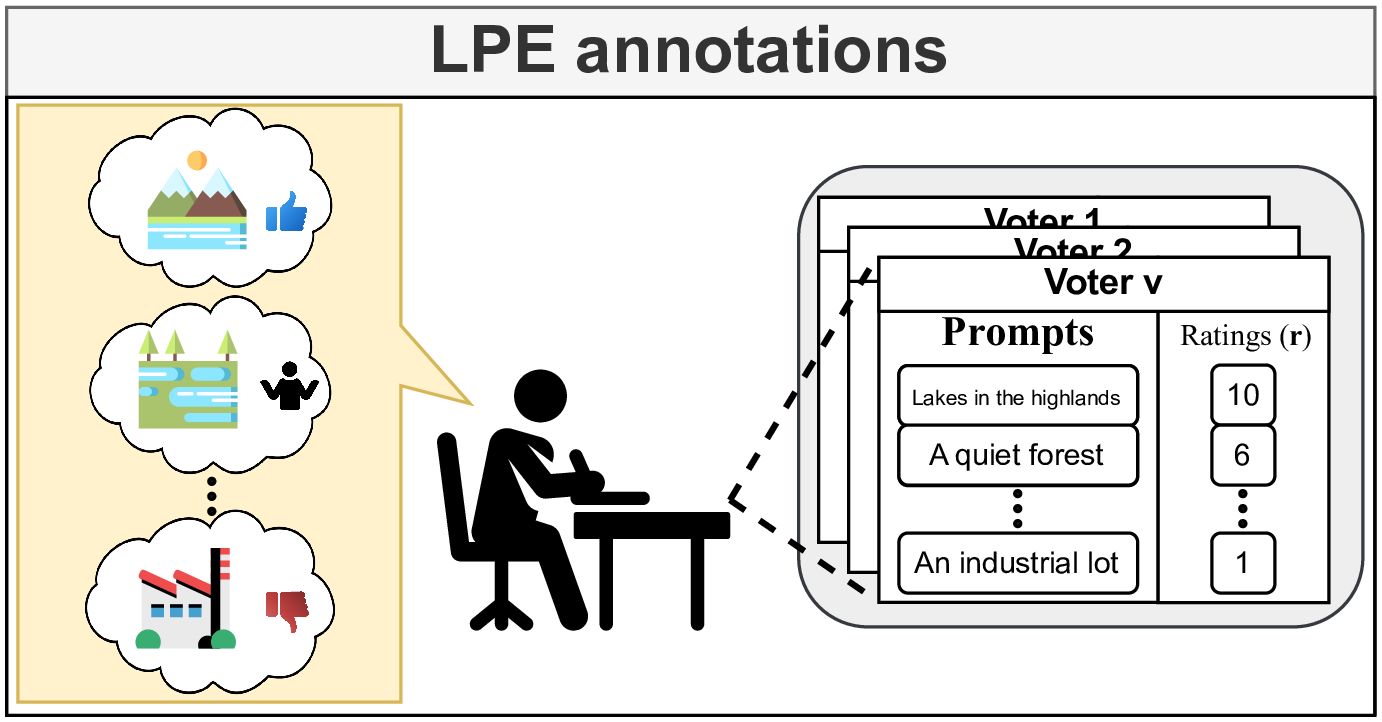Our new study on text-based scenicness mapping was published in PLOS One
The last paper of my PhD project titled “Prompt-guided and multimodal landscape scenicness assessments with vision-language models” has finally been published in #PLOS ONE! In this study we test the potential for text annotations to create large-scale landscape scenicness maps. Here are the two main take-aways from our study:
✍ Mapping with text examples We prove that a small amount of text examples of landscape beauty can be used to map scenicness preferences. You can write a few examples of landscapes that you find ugly or pretty along with rating scores, and a vision-language model can use those to create scenicness maps from geo-tagged images. And the best part? There is no training involved, so it is very easy to use in new situations!
📉 Fewer images, similar performance As a cherry on top, we show that web-scale pre-trained models can work with very small amounts of images in order to reliably recognize landscape preferences. We prove that even if you want to stick with training on images, a small but representative dataset is all you need.
Please find the paper here: https://lnkd.in/eKQ6sS_P
In future work (already in progress - watch this space!) I will study the use of this method to better understand how participant characteristics and abilities (e.g. ability to imagine scenic landscapes) can influence landscape scenicness maps.
A big thank-you to my wonderful co-authors Nathan Jacobs, Diego Marcos, and Devis Tuia for their help and suggestions!
